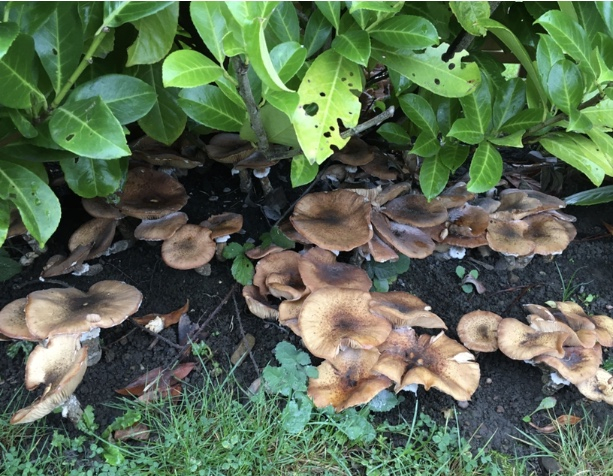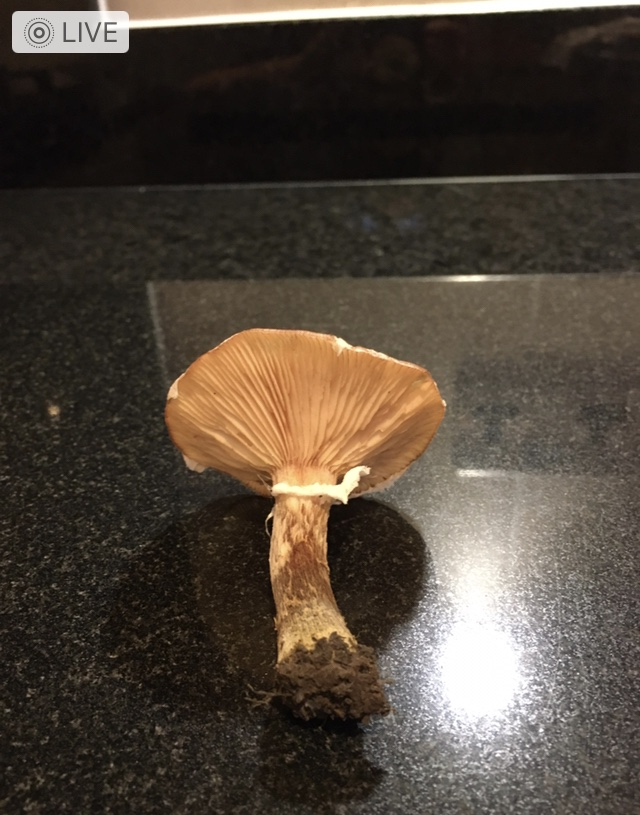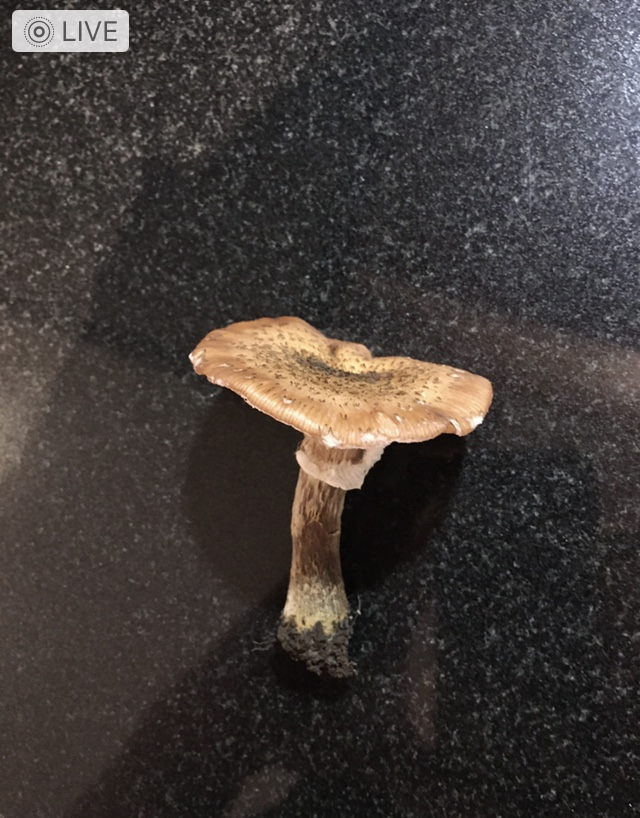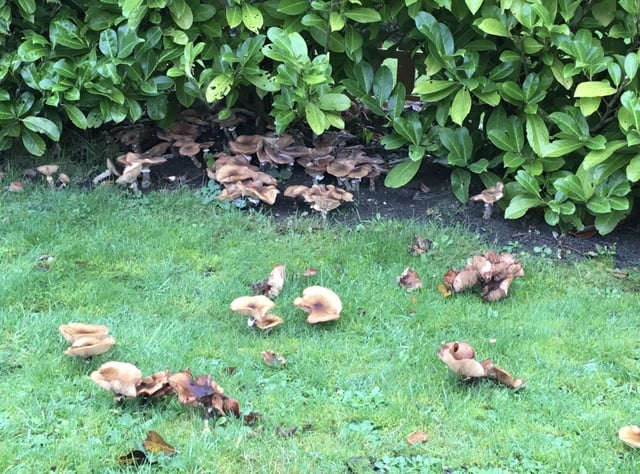This Forum will close on Wednesday 27 March, 2024. Please refer to the announcement on the Discussions page for further detail.
Advice please! Is this honey fungus and should I take some action?




 For background about 2 years ago this hedge was a mix of laurels, various shrubs, a very large sycamore stump and several smaller sycamore stumps. We removed some of the smaller sycamore stumps ourselves but some gardening ‘professionals’ were hired to ‘clear’ the area and plant about 8 4ft laurel to make it into a uniform hedge. The professionals basically removed the shrubs and planted Laurel in some cases about 4 inches proud of ground level around the remaining sycamore stumps. Fast forward to today and I’m concerned that the now rotting sycamore stump (which can’t be seen in the photo as it’s on our neighbours property) has attracted honey fungus and that it’s spreading to the Laurel. Does anyone know whether this is honey fungus for sure? I’ve seen a list of tree species affected by honey fungus and Laurel is one that is rarely affected. Should I just hope for the best or do something and what would you suggest I do. Thanks.
For background about 2 years ago this hedge was a mix of laurels, various shrubs, a very large sycamore stump and several smaller sycamore stumps. We removed some of the smaller sycamore stumps ourselves but some gardening ‘professionals’ were hired to ‘clear’ the area and plant about 8 4ft laurel to make it into a uniform hedge. The professionals basically removed the shrubs and planted Laurel in some cases about 4 inches proud of ground level around the remaining sycamore stumps. Fast forward to today and I’m concerned that the now rotting sycamore stump (which can’t be seen in the photo as it’s on our neighbours property) has attracted honey fungus and that it’s spreading to the Laurel. Does anyone know whether this is honey fungus for sure? I’ve seen a list of tree species affected by honey fungus and Laurel is one that is rarely affected. Should I just hope for the best or do something and what would you suggest I do. Thanks.0
Posts
Since there's no chemical control available to stop its spread, your options - as Steephill has said - are limited to monitoring the situation, or going for the "scorched earth" option and trying to eliminate all the rhizomes (or sink a physical barrier in the soil outside the affected area). Unless you have valuable but susceptible plants in danger of being attacked, I wouldn't pesonally go down the barrier/massive digging route - for one thing, I can confirm that it's really difficult to identify the rhizomes, which look like the roots they surround.
Planting shrubs or trees which are on the RHS "least susceptible" list makes sense. Non-woody perennials and annuals are rarely attacked (though strawberries and potatoes are susceptible), so a pretty garden is definitely possible. Keeping the soil in good heart by applying compost, and making sure your plants aren't stressed, is important.